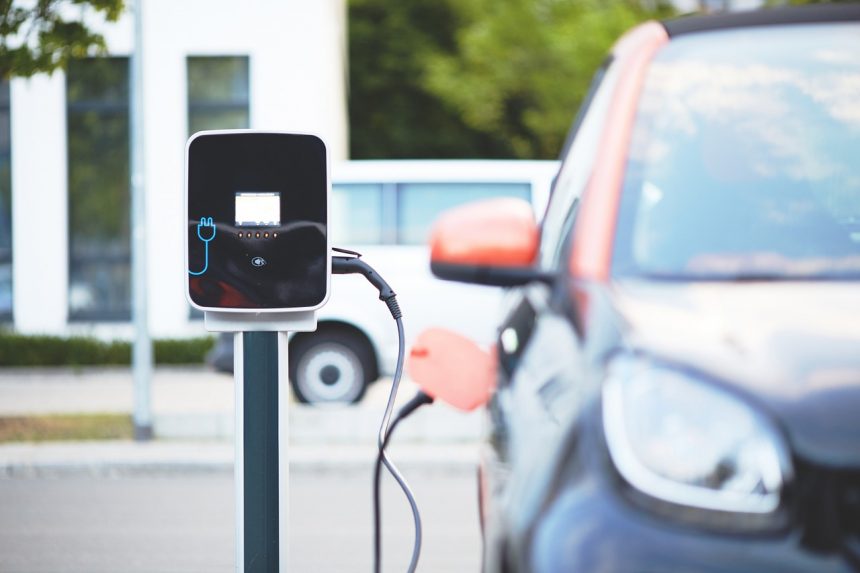The reduction of greenhouse gas emissions necessitates a decrease in the use of fossil fuel-powered vehicles. In an effort to expedite the adoption of electric vehicles (EVs), the Environmental Protection Agency (EPA) proposed stringent tailpipe-emission standards last year. These standards would require a significant increase in the sales of EVs. However, despite their potential impact, the regulatory process has faced resistance from auto unions and automakers, prompting the Biden Administration to consider slowing down the pace of change.
While regulations can encourage the adoption of new technology, such as EVs, their impact should not be overstated. In China, the use of electric vehicles was heavily incentivized through direct subsidies. However, as these subsidies were removed, sales slowed down. Ultimately, new technologies replace old ones when they demonstrate clear advantages in cost, reliability, and efficiency. As of now, EVs are still relatively new and require time to address their flaws.
Despite these challenges, the transition to electric vehicles has begun. As technology continues to improve and prices decrease, the adoption of EVs is expected to increase. Additionally, the market competition between EV manufacturers is likely to drive down prices and advance the technology further. Political opposition or support may play a role, but ultimately, consumer demand will be the driving force behind the widespread adoption of EVs.
In conclusion, the transition to electric vehicles as a means of reducing greenhouse gas emissions is underway. While regulations and policies can help facilitate this transition, the real driving force will be the market’s response to the evolution and cost-effectiveness of EV technology. As new technologies and advancements continue to emerge, the adoption of electric vehicles is expected to grow and play a significant role in global efforts to combat climate change.






